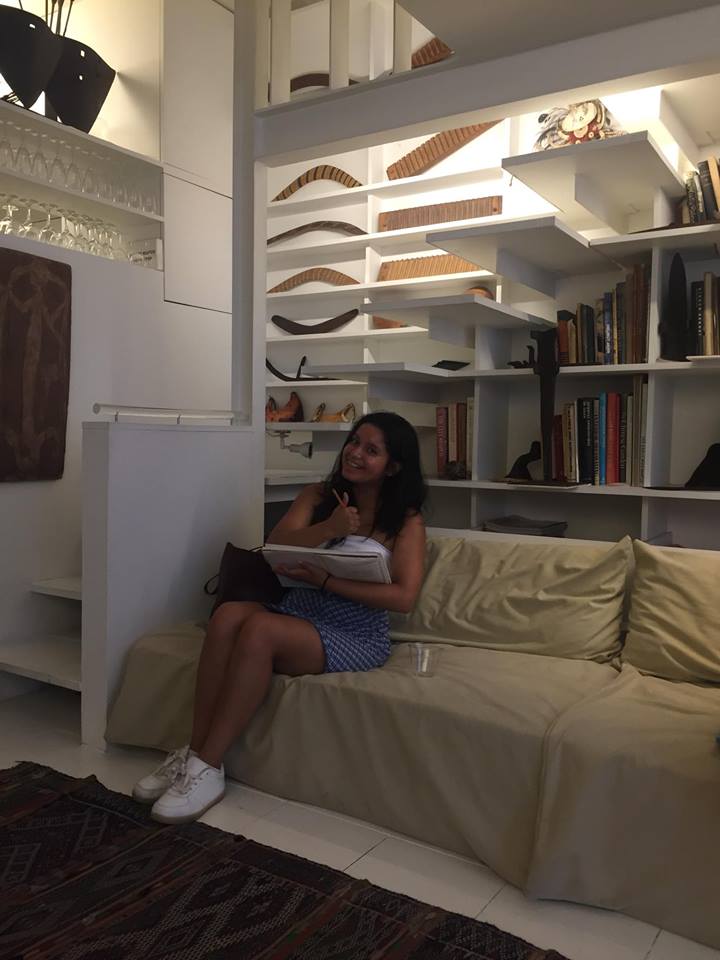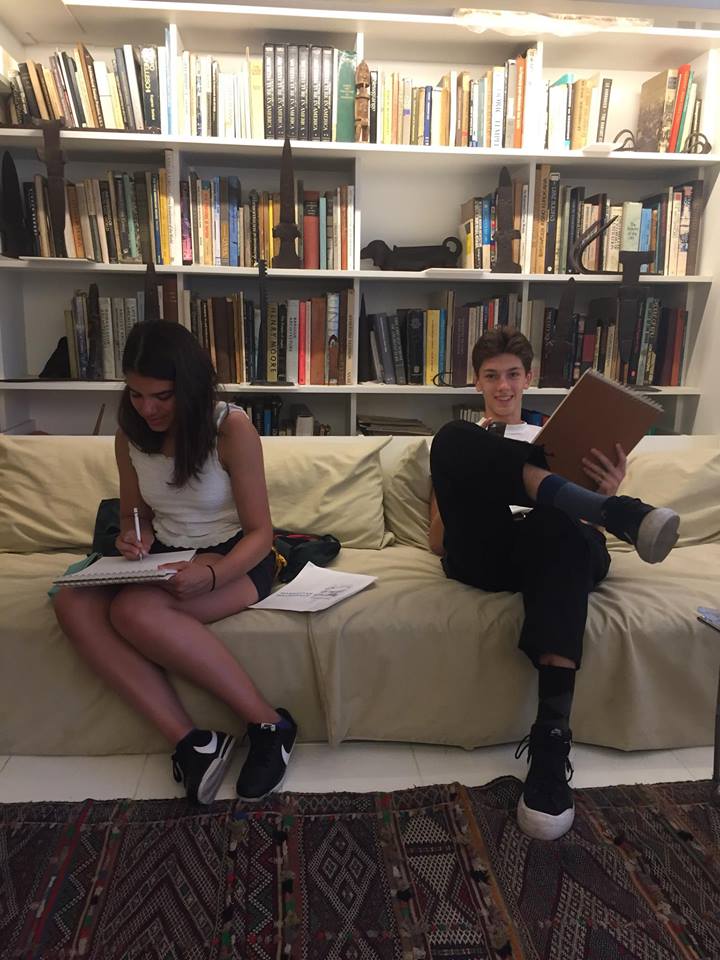Speakers Rocco Leonardis, R.D. Chin, Jeremy Moser, Nora Leung and moderator Roberto de Alba. Photo: Kelvin Dickinson, Paul Rudolph Heritage Foundation
On Friday December 14 The Paul Rudolph Heritage Foundation joined the Center for Architecture for a special presentation, ‘Paul Rudolph: A Way of Working’. The program was presented in coordination with the exhibition ‘Paul Rudolph: The Hong Kong Years’ on display in the gallery adjacent to the event.
The night began with an introduction about the Paul Rudolph Heritage Foundation by President Kelvin Dickinson. Roberto de Alba, author of the book ‘Paul Rudolph - the Late Years’, introduced keynote speaker Nora Leung who spoke about her experience working with Mr. Rudolph on several projects in Hong Kong.
The program concluded with a panel discussion featuring several past employees speaking about what it was like to work with Mr. Rudolph.
The event was part of the Paul Rudolph Centennial which features two exhibitions about his work. For more information about the two exhibits celebrating Mr. Rudolph’s life and work for his centennial please follow this link.

















